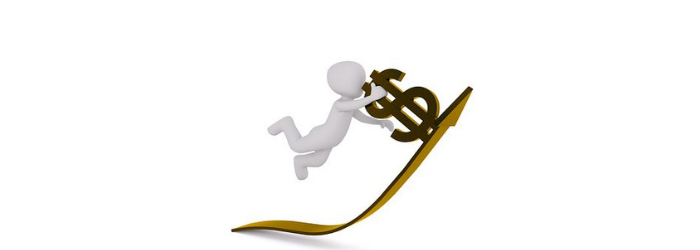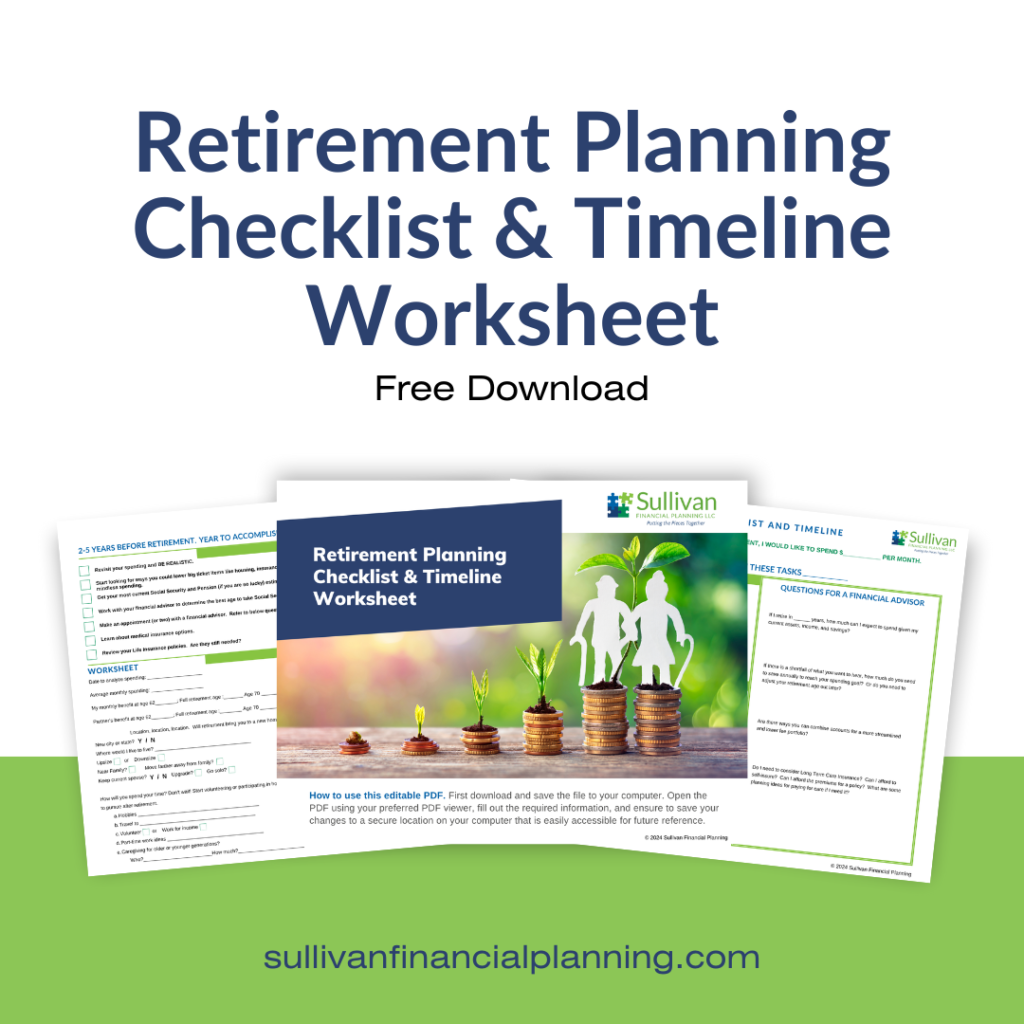A question that comes up from clients of all ages is “how do I handle the dividends and interest from my investments?”
What is a dividend, anyway?
From the Google dictionary, a dividend is “a sum of money paid regularly (typically quarterly) by a company to its shareholders out of its profits or reserves.” Interest is the money paid to lenders for bonds or other debt instruments.
Dividends are not guaranteed and can go up or down or away without warning. Interest is from bonds is more stable, if the company whose bond you own is solvent.
Reinvesting the dividends means that automatically, the dividends a company issues are used to buy more of that company’s stock. Dividends and interest are also issued by mutual funds that are passing along these payments from their underlying stock or bond investments.
Here’s an example
If you owned a mutual fund that was worth $100/share and a dividend payment was issued of $5/share, you would buy 5% of a new share of that mutual fund for each share you owned. This is a great way to continue growing your position in a long-term investment.
Most investors are set up to reinvest dividends (and interest and capital gains, in the case of mutual funds). In fact, when you see returns reported, it is always assumed that dividends have been reinvested. This can make a huge difference in your portfolio growth. According to this article by IntrinsicValueFormula, 44% of returns of the S&P 500 over the last 80 years can be attributed to dividends.
As great as reinvested dividends are, there could be a good reason to let those dividends (and, again, interest and capital gains in mutual funds) fall into cash instead of buying more shares.
Spending during retirement
One of the hardest parts of being retired is creating a paycheck from investments. You are told your whole life to save, save, save for retirement, but where are the classes about spending during retirement? How do you decide what investments to sell each month or year to free up cash to buy groceries, medicine, and European river cruises?
One easy way is to stop building more of your stock/mutual fund positions through reinvestment, and let that money accumulate in your cash portion of the account. You can make this choice in IRA and taxable accounts. This way, cash is slowly accumulating on its own. Depending on your spending habits, the income from the investments may be enough to keep you from selling shares to create cash for spending.
As usual, my questions have no clear answers. Everyone’s situation is different, so talk to your financial advisor – or me! – if for help deciding what path is best for you.



